
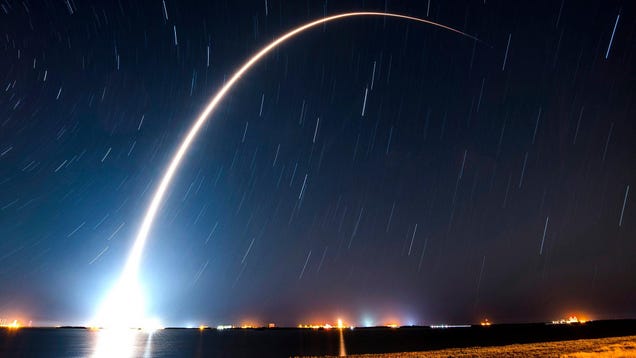
Thousands of satellites are currently parked in low Earth orbit, with some that will eventually become defunct and fall back towards our planet’s atmosphere. As they reenter the atmosphere, satellites leave behind a trail of chemicals that eat away at the ozone layer. A new study warns against the growing number of…
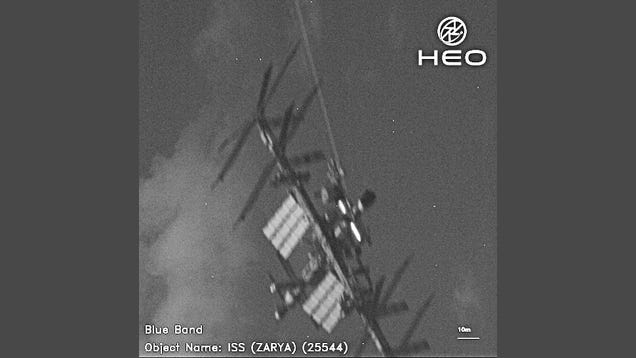
The International Space Station (ISS) was caught looking a little undignified in a new photo captured by an imaging satellite in orbit.
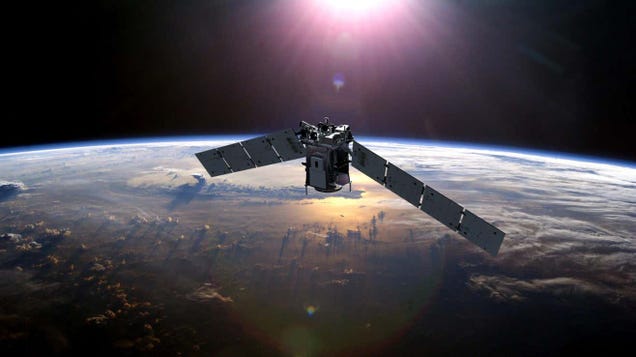
That was a really close one. Further analysis of a near-miss collision between two satellites in space revealed that they came even closer to one another than initially believed, raising more alarm over the growing danger of space debris.
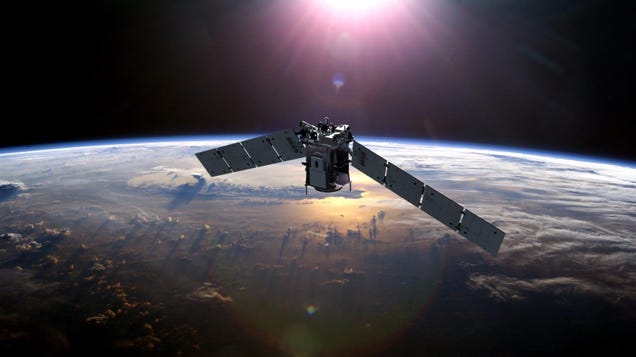
In a tense moment for space safety, two satellites—NASA’s TIMED spacecraft and the defunct Russian Cosmos 2221—came alarmingly close to smashing into each other above Earth, prompting concerns about the risks of space debris.
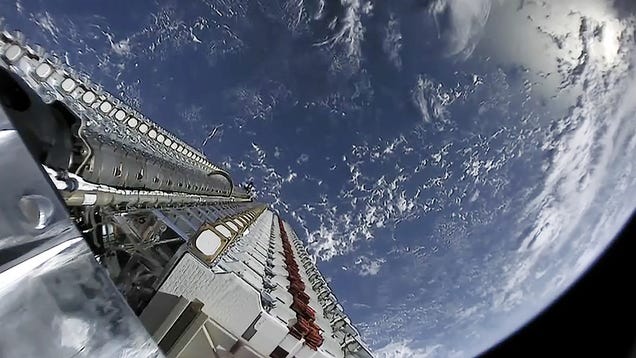
An unspecified defect in early model Starlink satellites has prompted SpaceX to preemptively deorbit the units before they potentially fail and become hazards in low Earth orbit. While the company remains confident that the deorbiting of these problematic units will prevent any issues, this incident underscores the…
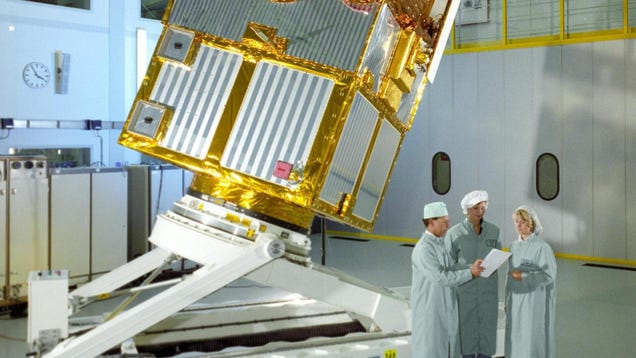
After 13 years of slow orbital decay, a legacy satellite will finally be put out of its misery by plunging through Earth’s atmosphere where it will burn up into tiny fragments.



